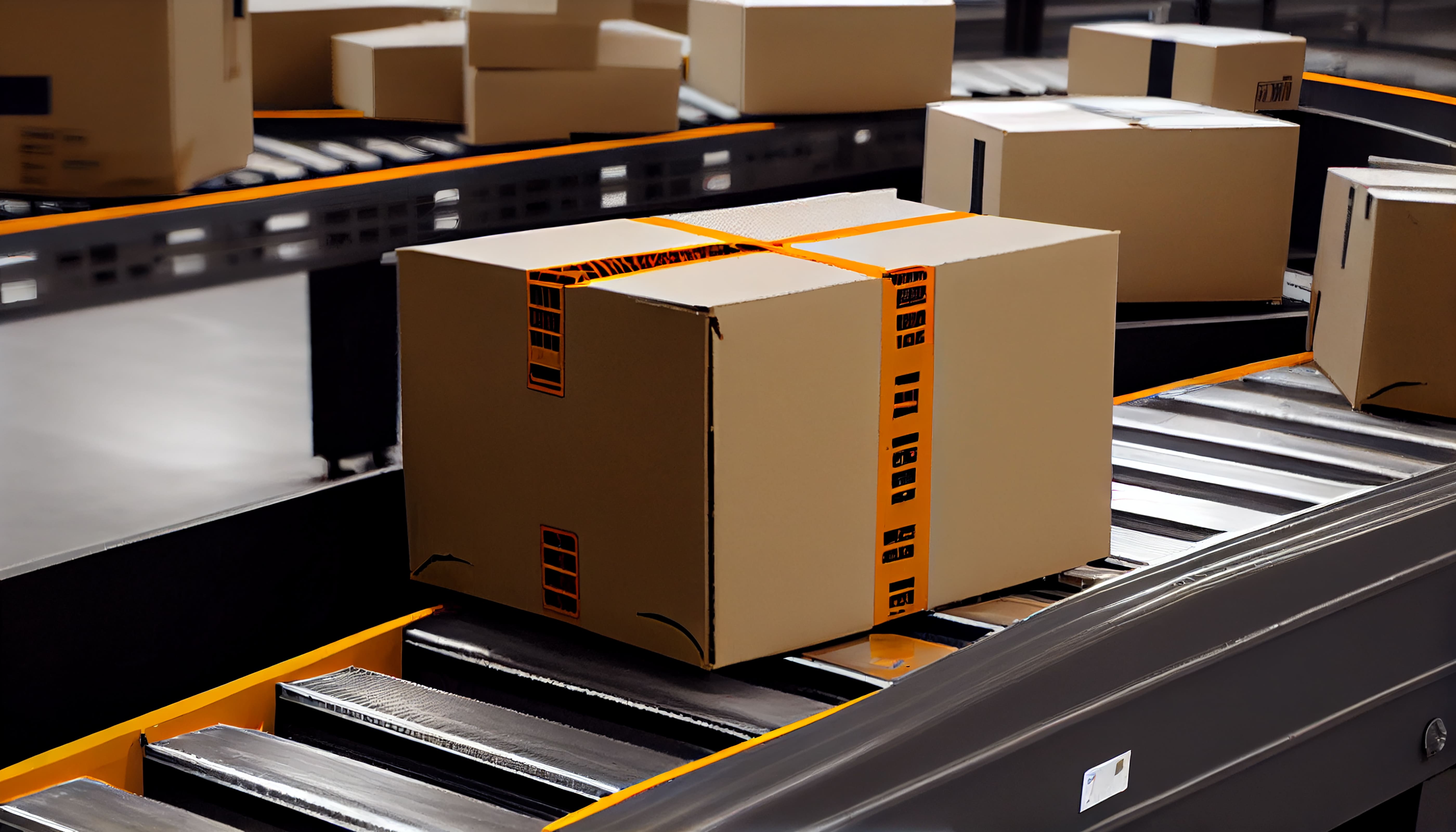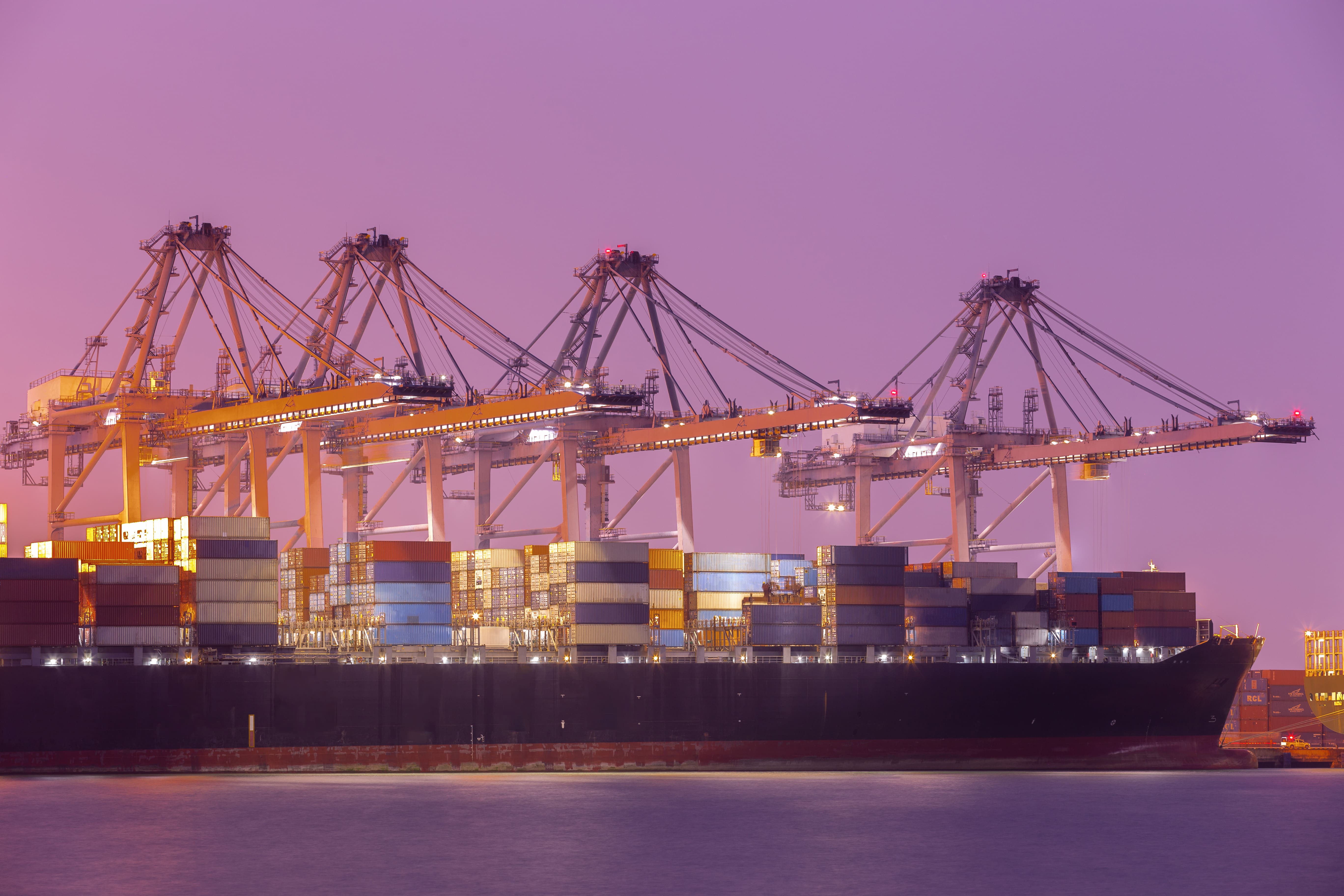Delivery logistics

It involves managing the flow of products from suppliers to manufacturers, distributors, retailers, and ultimately to the end consumers.
Delivery logistics encompasses various activities including transportation, inventory management, warehousing, packaging, and order fulfillment. It aims to ensure that products are delivered to the right place, at the right time, in the right condition, and at an optimal cost.
Key components of delivery logistics include:
Transportation: Selecting the most efficient mode of transportation (such as trucks, ships, trains, or airplanes) to move goods from one location to another.
Inventory Management: Monitoring and controlling inventory levels to meet customer demand while minimizing carrying costs and stockouts.
Warehousing: Managing storage facilities where goods are stored temporarily before being shipped to their final destinations.
Packaging: Designing appropriate packaging solutions to protect goods during transit and storage, as well as to facilitate handling and distribution.
Order Fulfillment: Processing customer orders accurately and efficiently, including picking, packing, and shipping products to customers.
Information Management: Utilizing technology and systems to track and manage the flow of goods, monitor inventory levels, and optimize delivery routes.
Effective delivery logistics is essential for businesses to meet customer expectations, minimize costs, and maintain a competitive edge in the market. With the growth of e-commerce and global supply chains, the importance of efficient delivery logistics has become increasingly critical for businesses of all sizes and industries.






